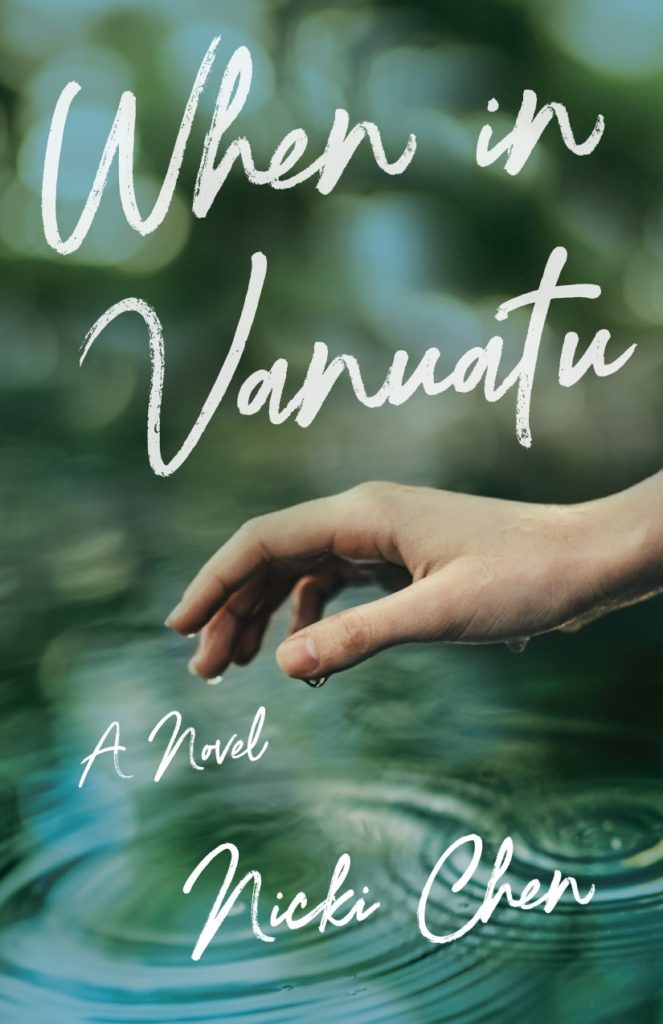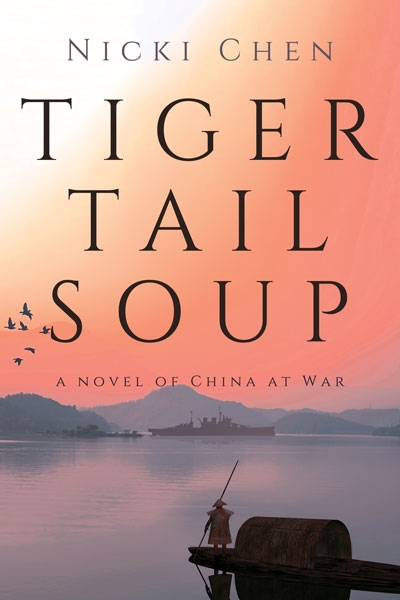China, out of reach
 When I was growing up, large portions of the earth were simply off limits to us—the Soviet Union, cut off by the Iron Curtain; East Germany, blocked by the Berlin Wall; and China, hidden from view behind the Bamboo Curtain. And we just accepted it. Didn’t bat an eye. Expected it to stay that way forever.
When I was growing up, large portions of the earth were simply off limits to us—the Soviet Union, cut off by the Iron Curtain; East Germany, blocked by the Berlin Wall; and China, hidden from view behind the Bamboo Curtain. And we just accepted it. Didn’t bat an eye. Expected it to stay that way forever.
Until one day, Nixon flew to China. Ping-Pong diplomacy, we called it.
My family was living in Manila at the time, only 700 miles from China, and yet even after Nixon’s trip, we couldn’t imagine going there. Red China was another world, more inaccessible to Americans than the moon. And it stayed that way for a while longer.
Then in 1983, we heard the surprising news that a travel agency in Manila’s Chinatown was arranging tours for the local Chinese to Amoy.
Now known as Xiamen, Amoy was one of the Chinese cities closest to Manila and the ancestral home of most Filipino Chinese. It was also my husband Eugene’s birthplace. He and his cousin Andy didn’t waste any time. They hurried down to Chinatown and bought tickets for all of us. I suppose the tour operator assumed their wives and children were as Chinese as the men were.
Breaking through the Bamboo Curtain
Eugene was a bundle of nerves in the weeks leading up to our trip. He’d be returning to the land he’d escaped from when he was ten years old. All the stories that had seeped through the cracks in the Bamboo Curtain were about atrocities committed during the Cultural Revolution to landowners like his grandmother and intellectuals like his grandfather. Besides, his father had been a Nationalist officer. He might think Eugene was disloyal for setting foot again in Communist China.
His father surprised him, though. “Go ahead,” he told him from his condo in San Mateo, California. “And when you get there, look for my parents’ graves. Pay your respects, take some photos, and if you can, bring back their bones.”
We flew to Hongkong and stayed the night in a hotel. Since Xiamen would be cooler than Manila—almost any place was cooler than Manila—our three daughters and I would need jackets. We found something inexpensive at a store near the wharf. Quilted Chinese jackets in pink or navy.
 The Chinese passenger ship we boarded was named after Gulangyu, the small island where my husband spent his early years. It was our first encounter with the People’s Republic of China, a country that still believed in equality, heroic sacrifice and thrift. Our sparsely-furnished cabins definitely lived up to that ideal, as did our meals—rice we scooped out ourselves from an enormous communal pot and stir-fried chicken and veggies. In a nod to capitalism, some of us were allowed to buy first-class tickets, which in the dining room meant that we were given an apple or an orange on our way out.
The Chinese passenger ship we boarded was named after Gulangyu, the small island where my husband spent his early years. It was our first encounter with the People’s Republic of China, a country that still believed in equality, heroic sacrifice and thrift. Our sparsely-furnished cabins definitely lived up to that ideal, as did our meals—rice we scooped out ourselves from an enormous communal pot and stir-fried chicken and veggies. In a nod to capitalism, some of us were allowed to buy first-class tickets, which in the dining room meant that we were given an apple or an orange on our way out.
 A first look at Xiamen
A first look at Xiamen
When we sailed into Xiamen’s harbor, it was overcast, the water khaki-colored, everything in sight, rusty and weathered. Where, I wondered, was the colorful land of my husband’s stories? I leaned over the rail snapping photos of junks with graceful patched sails—a tourist in a land that hadn’t seen any in a generation and a half. I had no idea how unprepared to receive me they were.
The hotel where we had reservations was new, built especially for tourists. Not all tourists, though. We should have been tipped off by its name: Hua Chao Da Sha, “The Hotel for Overseas Chinese.” Not overseas Chinese and their white wives and half-Chinese children. No, this was a hotel exclusively for overseas Chinese. And in 1983 there were as yet no hotels in Amoy for non-Chinese tourists.
Next blog: “No Room at the Inn”



well I liked it!
Thank you, Terry.